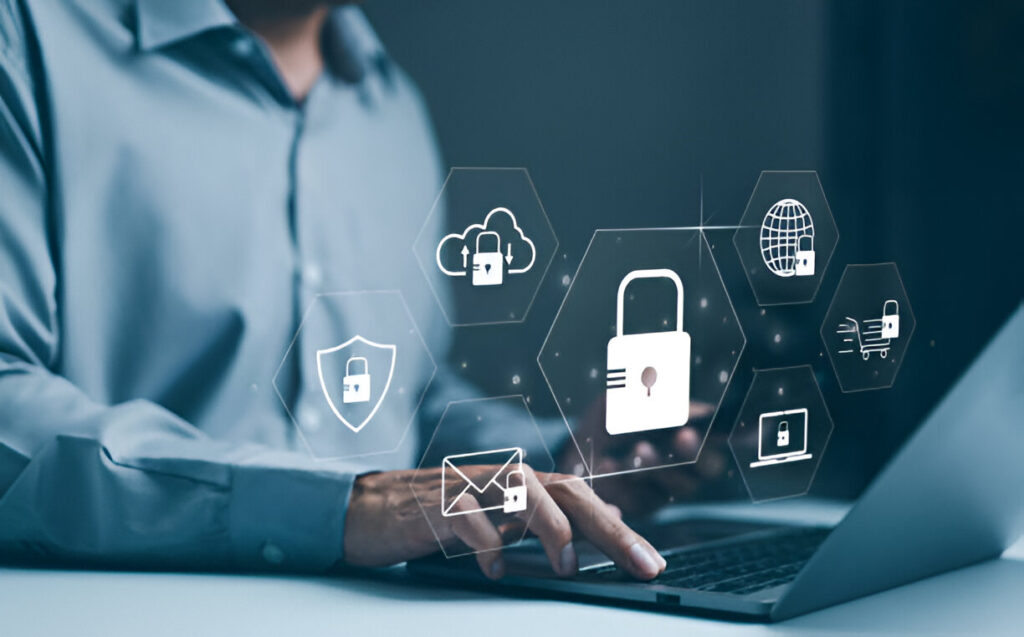In today’s digital age, the threats to our cyber security are more sophisticated and relentless than ever. With a global upsurge in cybercrime, organisations must ensure that their cyber defences remain robust and up-to-date. One key way to enhance a company’s security posture is to implement a sentinel SOC (Security Operations Centre). A sentinel SOC acts as a nerve centre for all security efforts and is vital in early threat detection and incident response. In this article, we’ll explore the vital role that a sentinel SOC plays in safeguarding an enterprise’s digital assets.
Understanding Sentinel SOC
At its core, a sentinel SOC is a dedicated facility within an organisation manned by a team of IT professionals with special expertise in cyber security. This team is tasked with monitoring, assessing, and defending against cyber threats. They use an array of tools, such as SIEM (Security Information and Event Management), to collect and analyze security data from across the organisation’s network infrastructure in real-time.
The vigilance displayed by the SOC team is critical in mitigating risks. Cyber threats can come from various vectors and can impact any part of a network. Without constant surveillance, these threats can proliferate and cause extensive damage before they’re even detected.
The Pillars of a Reliable Sentinel SOC
A comprehensive sentinel SOC is built upon several key pillars. These include the integration of advanced technologies, well-defined processes, and skilled cybersecurity professionals. Together, these elements allow the SOC to function efficiently and respond to incidents effectively.
One of the technological cornerstones is the use of SIEM. This system aggregates and examines security data, using a combination of rule-based and sophisticated algorithms to spot unusual patterns that could suggest a security incident.
Additionally, processes must be in place for a SOC to rapidly respond to and manage security incidents. These protocols dictate how alerts are escalated, investigated, and resolved. The final piece of the puzzle is the human element—a team of cybersecurity experts with the acumen to distinguish false positives from genuine threats and to take decisive action to protect the network when required.
Benefits of Employing a Sentinel SOC
Why should businesses invest in a sentinel soc? There are multiple benefits that accrue from implementing a sophisticated SOC. These range from enhanced security and compliance to a more focused and efficient use of an organisation’s IT resources.
One of the primary advantages is the ability to detect and respond to threats before they can escalate into full-blown breaches. SOCs are designed to be proactive, equipping businesses with the necessary foresight to disrupt malicious activities.
Secondly, sentinel SOCs are instrumental in ensuring that companies meet compliance requirements for data protection. These standards often require regular security monitoring, reporting, and incident management—all features central to the activity of a SOC.
The SENTINEL SOC also relieves the wider IT team of the significant burden of constant threat monitoring, allowing them to focus on other critical aspects of their roles, such as IT development and innovation.
Challenges in Implementing a Sentinel SOC
While the benefits of a sentinel SOC are clear, implementing and maintaining one can be fraught with challenges. This involves substantial investment in technology and staff training, as well as ongoing operational costs. Additionally, SOCs must continuously evolve their tactics and tools to keep pace with the ever-changing cyber threat landscape.
Another significant challenge is the management of the overwhelming volume of data and alerts that SOC tools can generate. Analysts must be adept at discerning which alerts warrant further investigation amidst this noise—a challenge that becomes more daunting with the scale of the network being monitored.
Finally, sourcing skilled cybersecurity professionals to staff the SOC can be a difficult task due to the global shortage of qualified personnel in the field. Filling these roles with capable individuals is crucial to the effectiveness of the SOC.
Opting for Managed SOC Services
In response to these challenges, many organisations are turning to managed SOC services. Outsourcing to experts who can provide an off-premises SOC allows businesses to have the benefits of sentinel SOC capabilities without the burdens of set up and staffing.
A managed SOC offers flexibility and scalability, allowing businesses of any size to benefit from advanced security operations tailored to their specific needs. By relying on the expertise of a third-party provider, companies can ensure that their SOC is always employing the latest security technologies and strategies.
In Conclusion
As cyber threats continue to evolve in complexity and severity, implementing a sentinel SOC is becoming imperative for businesses looking to protect their digital assets. These centres serve as the bedrock upon which an organisation can build a robust defensive strategy against the myriad threats posed by cyber criminals.
Whether an organisation opts to develop its own SOC or engage with a provider for managed SOC services, the priority is clear—investing in a sentinel SOC is a sound strategic move that can safeguard a company’s information, reputation, and very operations. Given the high stakes of today’s cyber threat environment, can enterprises afford not to have a sentinel SOC as their first line of defence?



